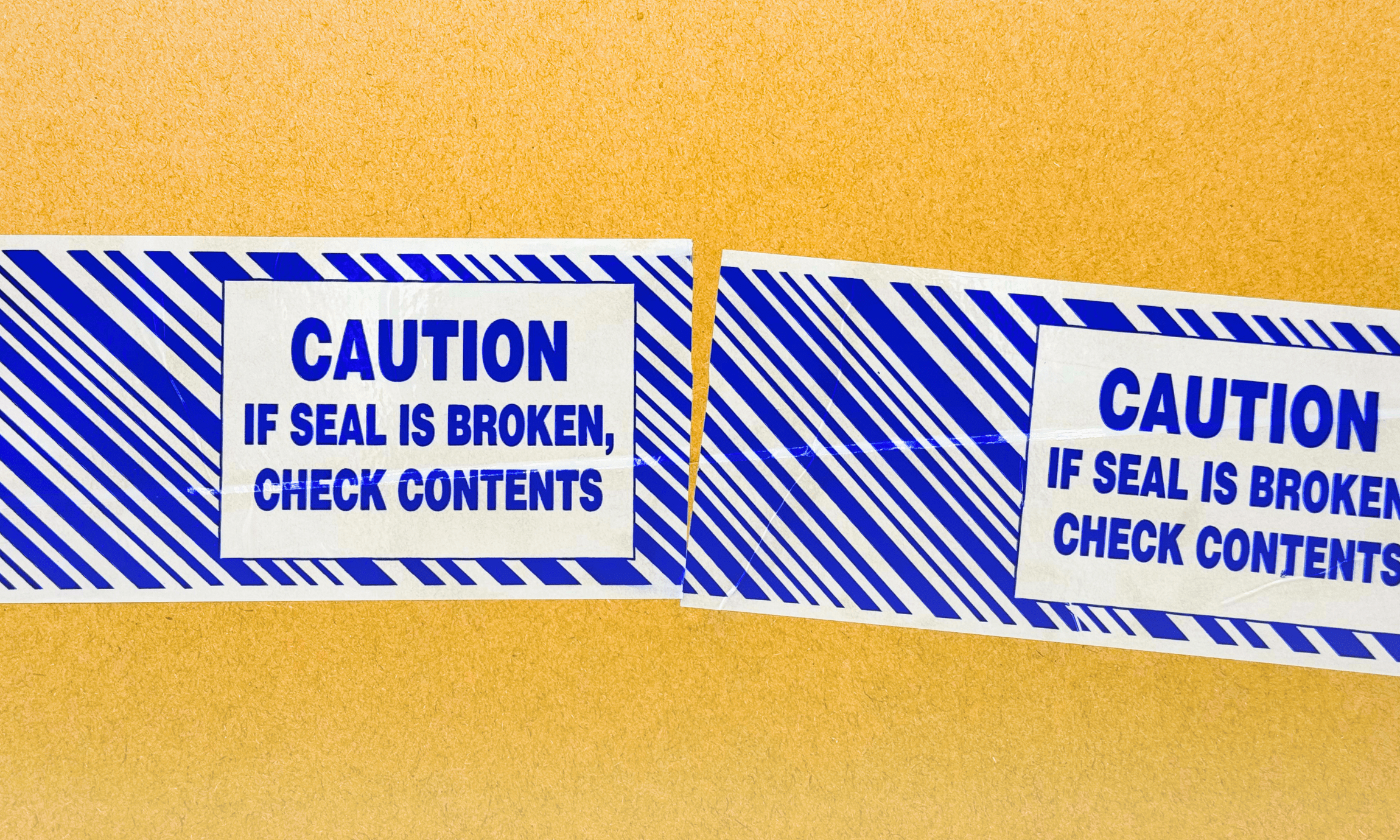Downtime: the archnemesis of uptime. When your packaging and shipping department experiences downtime, it can bring your entire operations to a screeching halt. This, in turn, results in prolonged deliveries, customer dissatisfaction, and a significant loss to your bottom line.
Packaging downtime is an unfortunate inevitability for any company. However, there are several ways you can minimize downtime so your business can perform at the optimum level. In this highly functional article, we will cover four ways you can keep packaging downtime at bay.
Practice Preventive Maintenance
A common phrase you’ll hear in health care is “prevention is better than cure”. The same principle applies to your company’s packaging operations: preventing downtime is a lot easier—and cheaper—than resolving it.
Like with any machinery, your packaging equipment can only run continuously for so long before they start to develop problems. And if you’ve got older equipment, they’ll develop their problems sooner than later. To combat this, schedule inspections on a weekly to monthly basis to examine the condition of your equipment.
Make sure you also set up comprehensive maintenance checklists so that each and every component of your equipment is verified to be in top working order. At the same time, make sure your maintenance team is given enough time to thoroughly check over the machines and provide detailed records of their maintenance checks.
Measure Optimum Output During Uptime
You may learn more from your failures than your successes, but your successes still provide some worthy insight into how your operations should function. When your packaging and shipping operations are running smoothly, develop some key performance indicators (KPIs) and take measurements on how things are performing.
When developing your KPIs, ask yourself the essential questions: how many packages or pallets are shipped out an hour, or a day? How long does it take for an item to go through the entire packaging department? Are there any areas or systems that can be improved to increase your output?
With a solid set of KPIs and careful measurement of your operations, you can determine what optimal output looks like so that when downtime strikes, you’ll notice it immediately and then determine the source of the downtime more easily.

Have Spare Parts Stocked Up
Even the best-made plans can go awry. Machine parts, especially those in constant motion, will wear down over time. These old and faulty parts will impair the machine’s performance, or worse, break it. When your parts are well past their prime, they need to be replaced.
A stockpile of spare parts can be a lifesaver in moments of downtime. Thankfully, most manufacturers of industrial equipment are more than willing to sell replacement parts for their machines. Just make sure you have the manual or reference guide with parts numbers at the ready so that you can request the right parts.
Plan Your Budget for Upgrades
Nothing lasts forever, especially not industrial machinery. When your packaging equipment reaches the end of its operational lifespan, it needs to be replaced. However, industrial equipment can be incredibly expensive and perhaps unfeasible if you cannot budget for it.
If maintenance discovers that a piece of equipment is on its way out during a routine maintenance inspection, or the equipment is getting close to the manufacturer’s recommended lifespan, plan early for expensive upgrades. At the beginning of the fiscal year, set aside a percentage of the yearly budget to go exclusively to upgrades and repairs.
A new piece of industrial equipment can be costly, but a critical failure will be costlier.
Cut Down Your Downtime
Life comes with three guarantees: death, taxes, and downtime. Even the world’s most successful businesses, like Amazon, Apple, and General Motors, will encounter packaging downtime that can stop operations in their tracks. The name of the game isn’t making sure you never have downtime—it’s keeping downtime to an absolute minimum.
Preventative maintenance and spare parts are crucial for addressing downtime in the heat of the moment. At the same time, taking measurements during uptime and planning for upgrades can go a long way toward staving off future downtime as much as possible. Your ability to handle downtime all comes down to how prepared you are for it.
For further reading on managing your packaging operations, be sure to check out our article on why you may need to improve your operations with a stretch wrap machine.







Log In